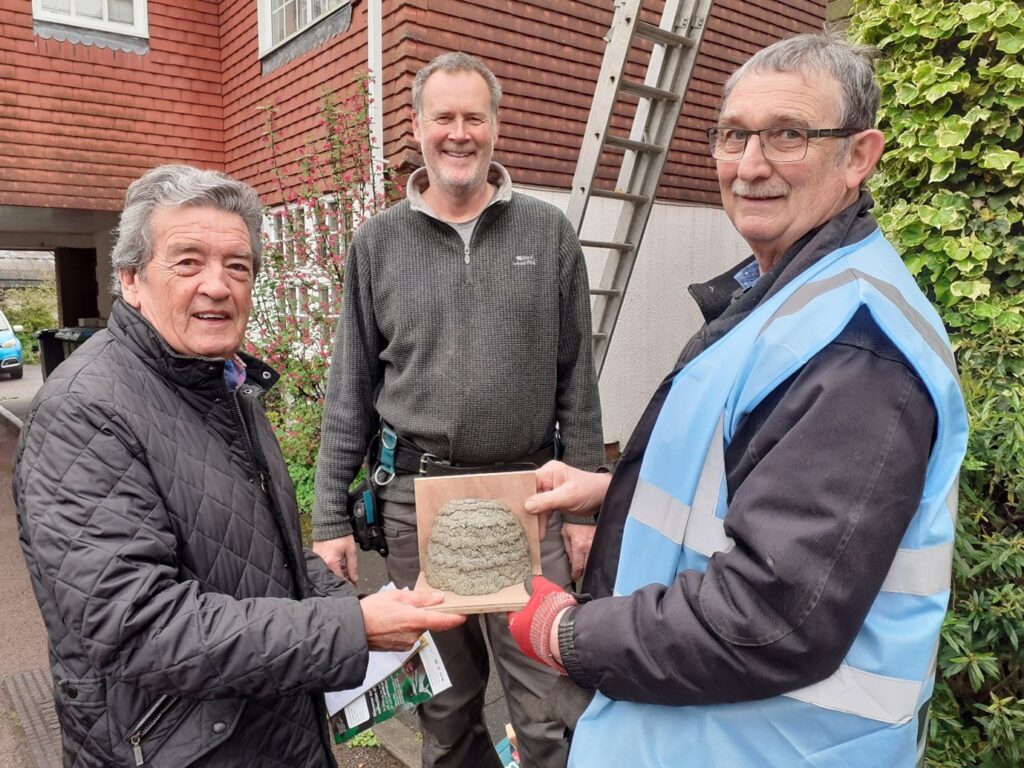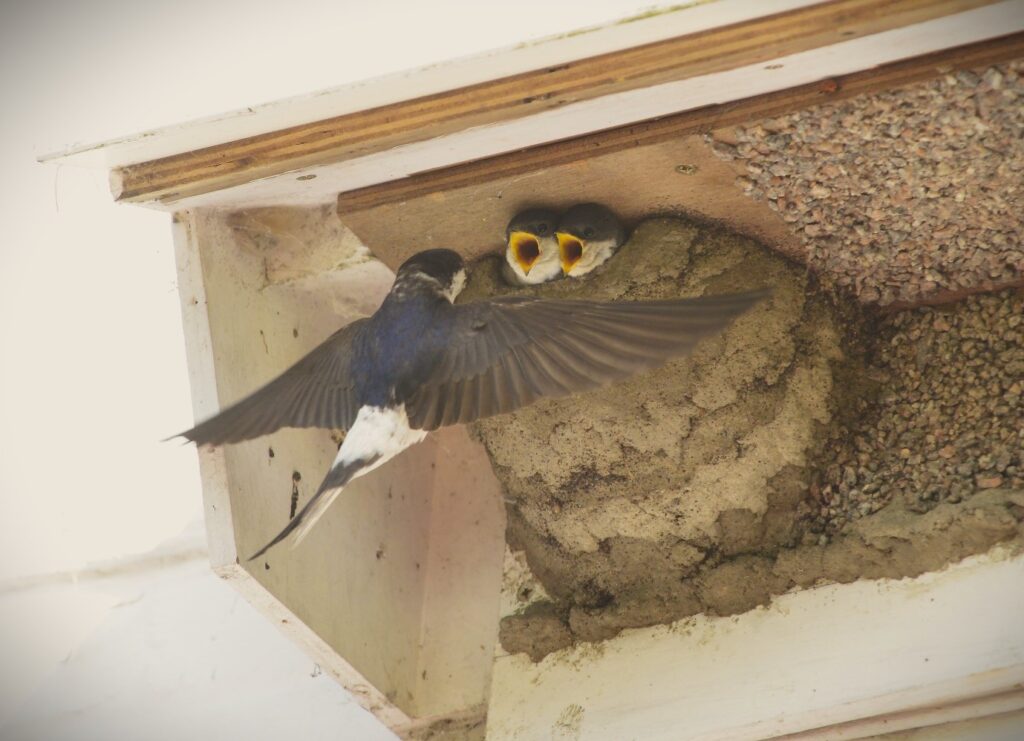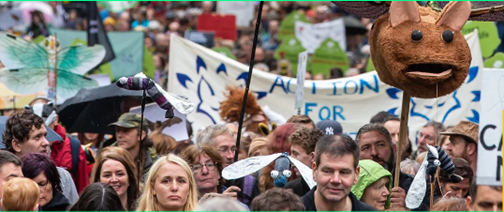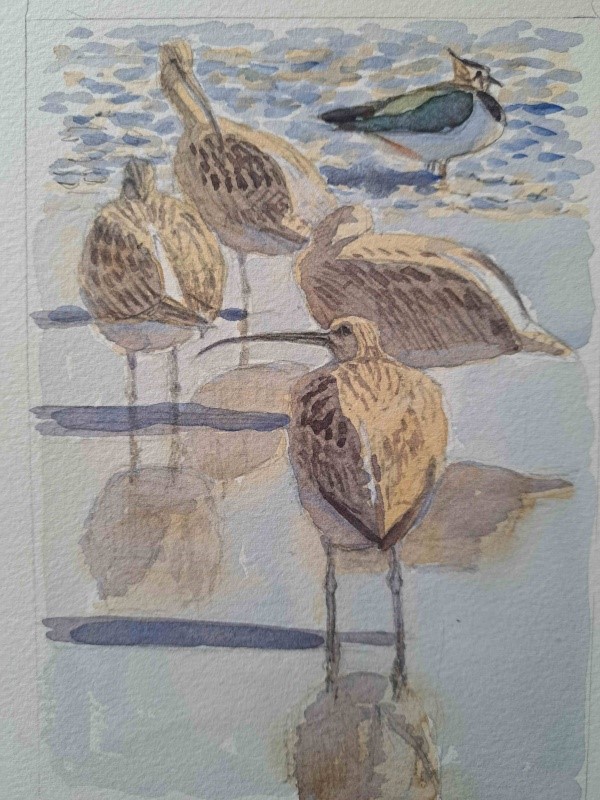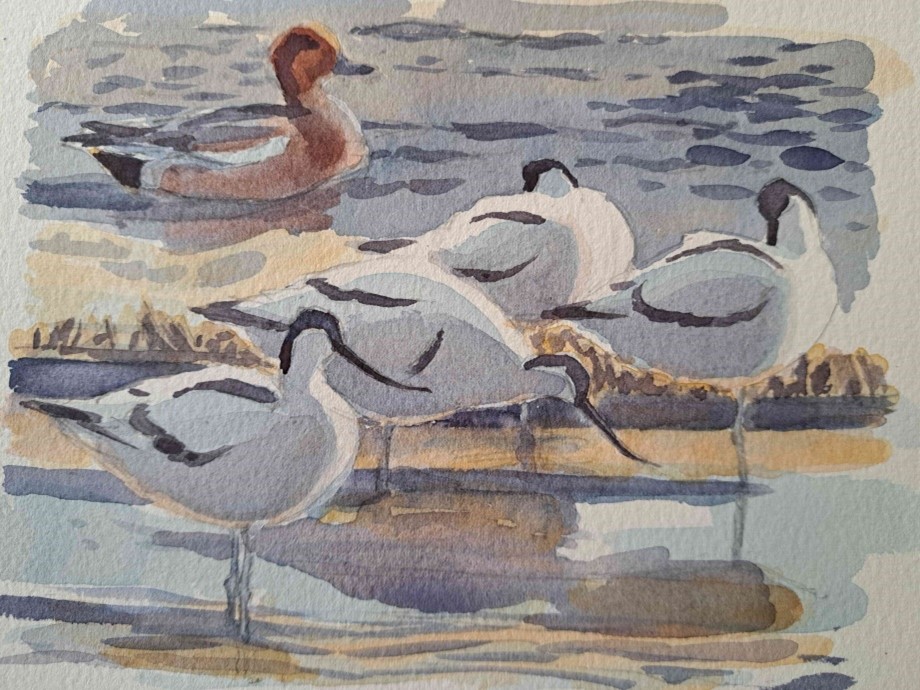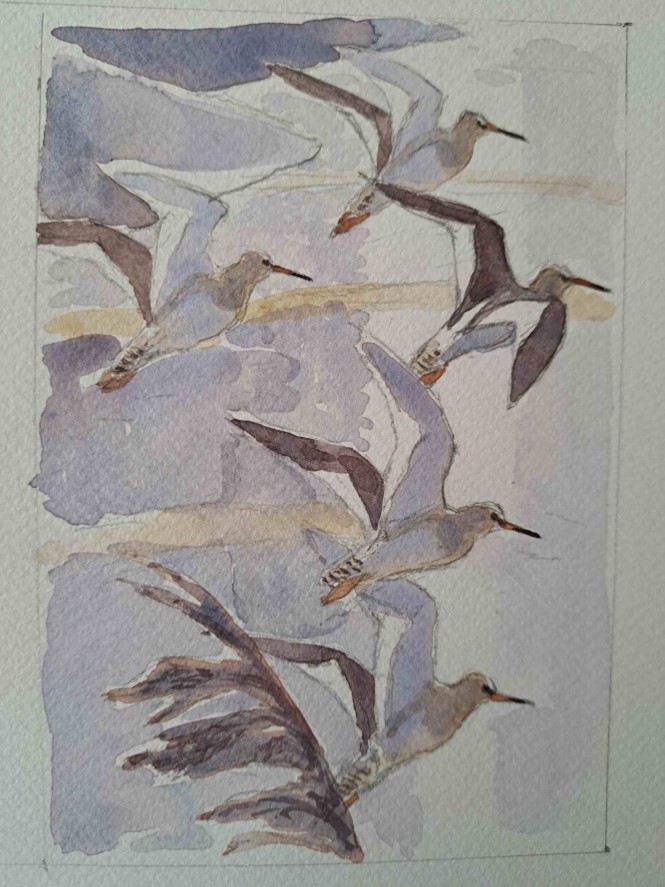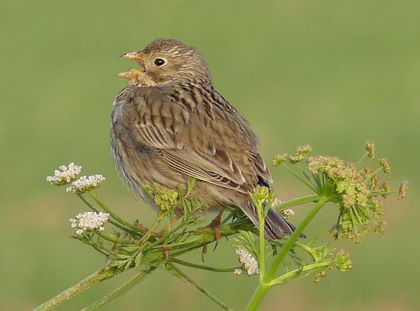In recent years, the Sussex Ornithological Society has worked hard to protect good places for birds from being damaged or built on, and to make district plans more sensitive to wildlife. Often acting in partnership with the Sussex Wildlife Trust (SWT), RSPB and other conservation charities, we’ve had some successes in preventing harm to wildlife habitats. The flip side of this coin would be to partner with some of the many exciting local projects underway to enhance the wildlife habitats in the Sussex countryside. And that is exactly what we now want to do – through you, our members.
You might be surprised by how many of these projects there are, ranging from those covering just a few acres to several thousand. There are many underway through the Wilder Horsham District initiative alone through a partnership between the District Council and SWT. Some members have been helping landowners with bird and other wildlife surveys across the county for a long time and you may have read about bird survey work with farmers between the Arun and Adur and on Pevensey Levels.
Would you like to participate in an expansion of this effort? If so, please let us know. Here are some immediate options:
- The SWT is looking for volunteers who can help with bird surveys and training others to do bird surveys, in the Horsham District and on some SWT reserves including Rye Harbour.
- Natural England is looking for help with bird surveys at Kingley Vale.
- The Arun to Adur Farmers Group would welcome help with bird surveys.
- We have a request to help survey the birds on a farm near Hartfield.
Wherever you live, do let us know if you are interested in getting involved and we’ll try to connect you with a local project. We’ve called this the Neighbourhood Survey Initiative to encourage a low carbon footprint, though you may of course have low carbon options for travelling longer distances.
We hope that you will prioritise national surveys through the BTO and others, and the SOS species surveys (Corn Bunting in 2024) as well as our winter survey, but if you have space for this additional local effort that would be much appreciated and hopefully very rewarding. Importantly, it may also give SOS access to some private sites that would otherwise have few bird records.
If you are interested, including in the requests mentioned above, or would like to know more, please contact me at in the first instance at Adam@red-inc.com. This year, 2024, is very much a trial year, and we want to learn as much as we can about how to make the initiative a success.
If you’ve already been active in this kind of work using your personal contacts with landowners and land managers, do please let us know, so that the Society can build up a picture of the number and range of activities that members have been engaged in.
Thank you.
Adam Huttly
SOS Neighbourhood Survey Initiative
20 March 2024
